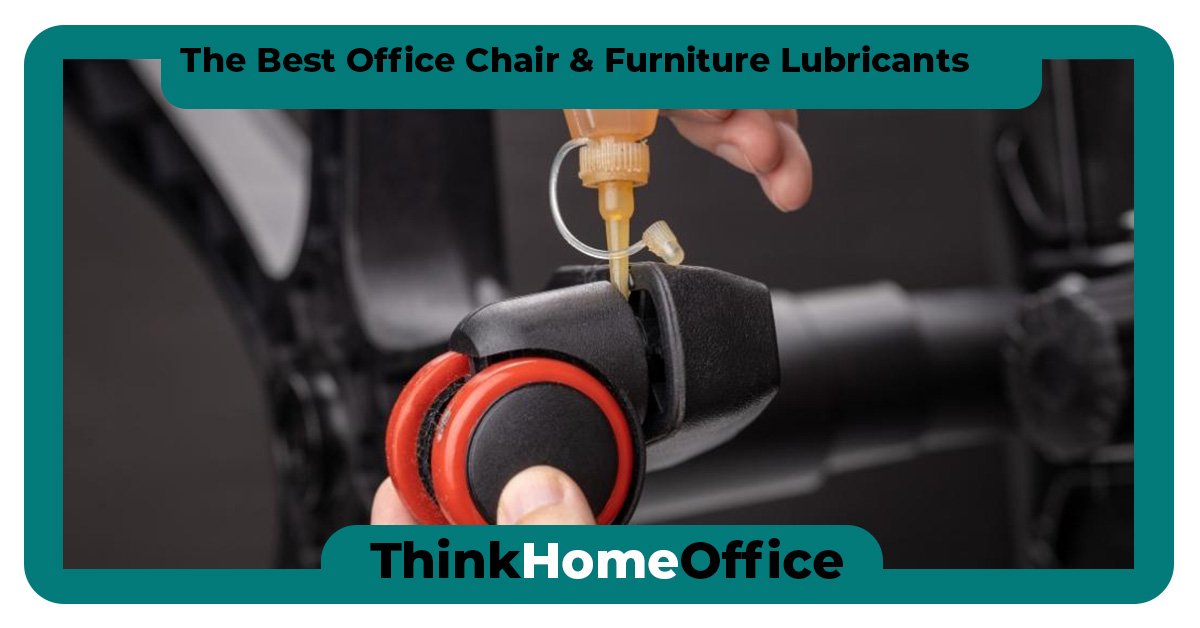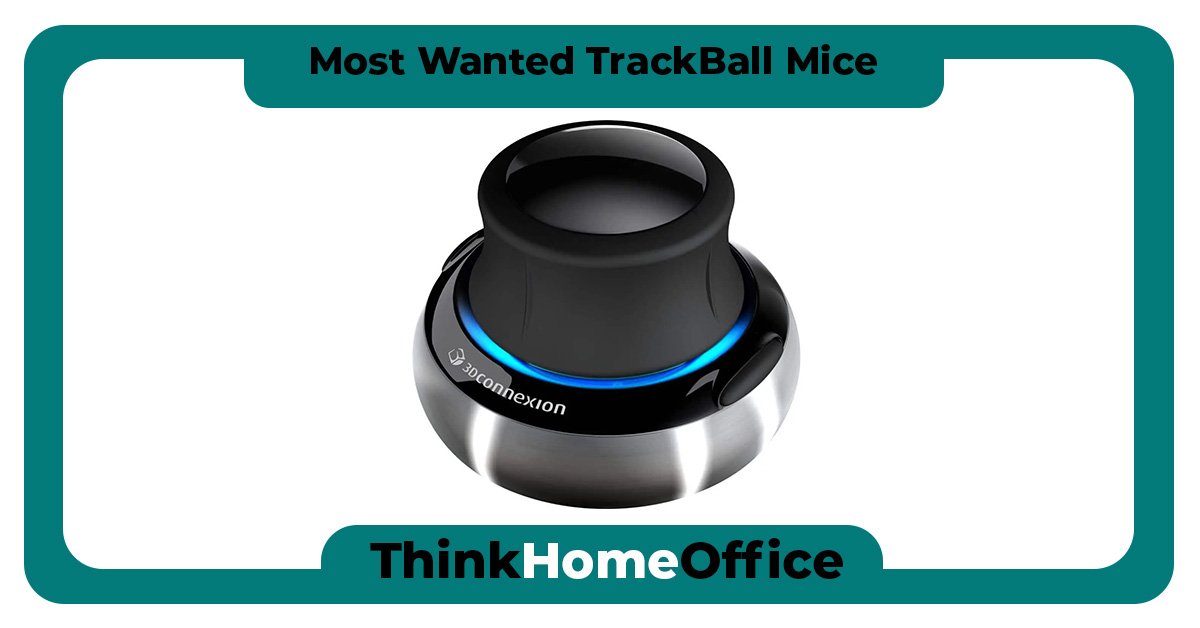When one thinks of ergonomic products, the average person doesn’t think of actual ergonomic products and what benefits they provide – they look at the grotesque, curious, uncomfortable looking tools that should not and need not be designed to appear the way they do.
It’s similar to placebo effect, you let expectations place strong holds upon your experience of a certain something and get disappointed afterwards. And sure, it’s not easy to distinguish good and bad ergonomic products or the stylistic ones from each other, as overpopulated a market as this. However, you can still selectively point out the tops, bottoms and unique ones of the bunch, as in most categories.
Ergonomic Products – The Good, the Bad and the Stylish
First of all, one needs to know what ergonomics is and what exactly the word ‘ergonomic’ contains. Unless you’ve been living under a rock and not read my hard-worked pointless discourses, you’d not realize that I’ve never once defined the term Ergonomics in all of it’s glory.
Let’s start with deciphering the word by breaking it down. Many English words are combinations of 2 or 3 or more, and this is not a rarity. The word ergonomics comes from two Greek words: Ergo stands for work and Nomos stands for laws.
The two combining into the literal meaning of work laws. This is not necessarily work laws as in corporate laws or office rules, not exactly. The “laws” here is used loosely, to be used also in phrases like “nature’s laws” the same way it will be used here. It refers to how a working environment should look like.
In essence, ergonomics is the process of designing or fitting a workplace to the user’s needs, as it aims to produce and increase efficiency and reduce discomfort of the products and systems put in place so that they fit the people who use them more. In short, it’s a science focused on the study of human fit, and decreased fatigue and discomfort through product design.
A product designer who wants ergonomics applied into their objects must take into consideration how the products they design fit the people that are using them. No matter the environment, a good product increased comfort, productivity and ease off stress off of it’s users.
Ergonomics has and always been an integral part of design, manufacturing and usage. Take the invention of round wheels for example. Or the smaller, less bulkier computers. Things are designed with ergonomics in mind in order to push and push upon that usability boundaries. It’s in humans’ best interest to have the best help from the best tools they can create.
Every product is designed with ergonomics in mind, however that’s not to say every product you come across is an ergonomic product. It’s semantics, I know, but ergonomic products are usually referred to as ones that follow ergonomic principles to the fullest.
Some products put the label “ergonomic” prior to their names because it’s a marketing approach – emphasizing the strengths and cover up the weaknesses. In this case, these products’ strength is how ergonomic they are – to imply that the makers and manufacturers place strong focus on making them as ergonomic as it gets. However, that’s not always a good thing, making use of the term.
A bad product – bad design, uncomfortable use, not very applicable – abusing the word can affect negatively not only on their own product but also on the competitors… In another word, double-edged sword, I guess?

In a perfect world, an ergonomic product really is what it implies – a product designed for comfort and productivity. But the world where reality TV stars become presidents via tweets and real life sh*tposting is not perfect.
The word Ergonomic places certain expectations in the minds of those who read it – one’s expected to receive all kinds of benefits from it. Bad products produce all of the opposite results. Their expectations are utterly crushed. Families broken up, children cry. People generalize and hate on all kinds of ergonomic products. And that certainly is not their fault, it’s the fault of false advertising or branding.
It happens all the time. Manufacturers add a cushioned part into a product, tell their copywriters to sway the tones of marketing posts into that of an ergonomic one and call it a day. They maybe well-meaning but it’s a lazy concept. Making a product “ergonomic” takes much more than that. This article provides a guideline to help defining 3 main characteristics of ergonomic products: Good ones, bad ones and stylistic ones. You will know what they really imply in a moment.
The Good
As was already said above, good ergonomic products are ones that really do what were envisioned in the minds of the buyers – i.e. an Ergonomic chair which has a flex back that helps with back pain, neck pillows that are actually comfortable and stable enough for repetitive usage, all kinds of stuff.
In principle, many ergonomic products are often associated with computer supplies, and rightly so. Not until the introduction of computers did the problems of ergonomics of things arise, with office workers and users spending more and more of their time sitting in front of a screen, difference is this screen isn’t facing a couch or comes with a remote. So what you have to equip it with is what you’re going to get. And most people don’t consider this a problem serious enough to do something about it.

According to research from the NCBI a while back, in 1970 only 2 out of 10 Americans were in jobs requiring office-based activity, but in 2003 6 out of 10 Americans used computers on the job, and with the rate it was going you can only expect it’s probably close to 10 out of 10 in tech-laden today. What this means is more and more people are spending their walking hours sitting.
This causes many problems, as a bad sitting posture in a prolonged setting can do you harm tremendously in the long term, including physical and mental problems. To combat this, ergonomic supplies were created. Adjustable chairs, adjustable desks, adjustable anything, you name it. Ergonomic products are closely related to the word “adjustable” because non-adjustable ones are just too frigid and that’s counter-productive. Being good ergonomically, a product needs to serve it’s owners, not some certain John Doe who’s 6”1’ tall and weighs 195lbs.
That applies to many other products in the “good” category as well. Being adjustable is Good. In such a busy world as this people don’t have time for anything, they buy the things that are at the top of the Amazon page and leave it at that.
They don’t have time for measurements or to try things out, see if the products fit or is actually good. This can be beneficial to companies that already sit at the top with their top horses, but bad for the customers and the market. It creates complacence by holding image over value, in the case that one doesn’t correlate with the other. People will buy into the image then get disappointed when top horses collapse mid-way.
For counter, it’s highly recommended that one needs to identify what specific things can help them. If it’s uncomfortable sitting posture, height adjustable desks and chairs will do. If you already have pain stemming from the posture, get chairs with a good cushioned adjustable back, some of which I already listed in my 10 Adjustable Chairs for Neck Pain article.
If you have trouble typing efficiently, there are keyboards designed to help too. But all and all, it comes down to what kind of problems you have, and what you need in your products. Ergonomics is an intricate subject as in an ergonomic product is made with the idea of fitting for a certain imaginary individual with average height and average weight, not a random designated buyer.
What this means is that for each person their experience of a product can differ quite a lot. For some ergonomic product categories, just adding cushions or parts or be better designed (not in the case of keyboards, remotes or game controllers etc) isn’t enough, and thus created adjustable ergonomic products that can fit a wider range of people.

To summarize my point, a good ergonomic product is only as good as it’s owner. You need to know what you want, what your problems are and adjust your purchasing mind accordingly, no puns intended. It sounds like a lot of nothing because it really is just as easy as that. So many times I’ve gone to the most local convenient store and just wildly grabbed at things, not reading labels then gone to work jaded, with growling internal organs. Don’t do me. Do you.
The Bad
Read all the above in reverse.
Just kidding. Besides choosing a product that doesn’t fit your needs, you can also be susceptible to false advertising. You might already know what you want, already know what your problems are and why you need more ergonomics in your life, however that might also be not enough.
What to do when you’re stuck between a rock and a hard place? You risk a bit and move on, not to the point of cutting your arms off though. If you’ve already done everything perfect, the research, the purchasing, there’s not much you can do besides calling customer services and try to get a refund.
In the case that’s not feasible, you bite in, move on and don’t let that affect your decision to buy the type of ergonomic product you want which you feel will be influential to your health in the future.
It can’t be helped really. Sure there are some brands better than the others but the Ergonomic market, that is products that go out of their way to be as ergonomic as can be, is one big race with no average Joe frontrunners. In some months certain companies will rise above the rest, partly due to increased marketing budget, but in others they might be fighting out of the bottom.
This is the case because the market is also relatively niche. When people want to buy a suitable piece of furniture, they don’t generally put the term “ergonomic” anywhere in the search box. It’s a paradox also because of the fact that every product has ergonomics one way or the other.

Why not just buy a Herman Miller? Or a Steelcase? Or a Humanscale? For people with shallow pockets or want their pockets appear so *wink*, they don’t have many options when it comes to getting the best ergonomic chairs, usually ranging $500 upwards. They then settle for some rigid, generic office chair that will break down in a few months. It’s at this point where one needs to be putting in effort to compensate for the lack of budget. Research a lot.
Don’t settle to be controlled by one influencer i.e. opinions from one person. Always get products with warranty deals and return guarantees. Try them out first hand in the store if you don’t care for online transactions. Make sure that you can get what’s available and worth your money.
Certain product categories are cluttered with bad products, mostly relatively new and underdeveloped ones. In such a case it’s advised that you try to look for better alternatives or accept that fact and move on instead of wasting money on ergonomic trends. The things I would tell a more hipster me 5 years back.
The Stylish
Stylistic ergonomic products, per se, is for those who dig styles over substance. This is an actual thing because there exist groups of people out there who totally ignore usability and go for looks and brands instead. For example, say you want a certain aesthetic feel to dress your room with, but good chairs on the market won’t fit at all, so what do you do?
You ditch the idea and maybe go for some flashy, hip futuristic-esque office ones and hope they last. Be honest, sure we’ve all done that with something, at some point in the past… hey… I said be honest!
It’s a normal problem everyone has, not just mid-life crisis dads. This goes back to the previous arguments I made in regards to customer expectations: visually pleasing products can easily pass our plain eye tests (now starry), and thus might be ahead or close to the top of the pack in regards to luring customers into buying on that sole attribute alone.
For hasty spenders, they blow through their cards with rush-hour purchases supported by nice colours and maybe short bot reviews here and there. It’s similar to brand marketing in a way, for example established brands can just market their new products by relating them to their lovechild, so as to create an easily passed on sound bite and trigger quick-buying-decision-at-the-mart for the average Joes.
So, how do you counter this situation to be exact? Finding a good ergonomic product is hard, and a stylistic one at that can even be harder. The only way around it, or at least in my opinion, is to be more selective and accepting. Some product categories, they are just too underdeveloped to have a good combination between styles and substance.
Either they sacrifice one for the other or they are crap, pardon my French. Take ergonomic mice for example. Sure most of them can be comfy little things that are actually useful in helping your palms and wrists ease off some pressure, and from the look of it they are not easily broken unless you drag them into rage quit sessions. But to design one that doesn’t look iffy yet as comfortable as it’s competitors (as in, plain classic ones) is a very, very hard thing to do.

One of the biggest offenders for take-1-lose-1 ergonomic products would be the first Apple Magic Mouse. Taking after other products of the same company, the mouse pride itself on it’s wide range of usages and pure-white futuristic look, and they were really the focus of the initial marketing campaign.
Having adopted a multi-touch system similar to that of a smart phone it was possible to move the Magic Mouse just by swiping on top of it, with no need for moving the entire body. Sounds very cool, and it does look like something straight out of a Duncan Jones movie, until you realize that the mouse was unintentionally designed to screw up with your palm postures, entirely.
There was no place to rest the palm, being as slim as it was, and thus in order to actually utilize the multi-touch system to the max one’s fingers are required to curl inward way more than they do with a normal mouse. 404 error, comfort not found, Apple’s fans moved their camps back to Microsoft to get their mice at better price.

Stylistic ones aren’t always good, that much is known, and it’s even more of the case in certain product categories. You just have to accept that fact and settle for good old alternatives at that point. However, for certain selected ergonomic categories, good looking ones can also actually be really good.
The famous Embody chair of Herman Miller is only one of many good looking task chairs that can do way beyond triggering love at first sight. Or the growing, better and better developed sit-stand workstations on the market that strive not only to be replacements to office desks entirely but also be pinnacles of adjust-ability and usability in ergonomic products.
So, in short, be selective and accepting if you want to be the guy that your boss wants to demote for being too cool.






